In an era where digital data has become the lifeblood of modern civilization, the fragility of conventional storage methods poses a silent threat. Magnetic hard drives degrade, flash memory loses charge, and cloud storage relies on vulnerable infrastructure. Against this backdrop, a revolutionary technology emerges from the intersection of optics and nanotechnology—data storage in synthetic quartz crystals, promising to preserve information for millennia.
The concept, often dubbed "5D optical data storage," was first demonstrated by researchers at the University of Southampton's Optoelectronics Research Centre. Their technique uses femtosecond lasers to etch nanoscale gratings inside fused quartz, creating physical patterns that can store up to 360TB per disc-sized crystal. Unlike traditional optical media like CDs or DVDs, which rely on surface pits, this method embeds data in three dimensions while utilizing two additional optical parameters—light polarization and intensity—hence the "5D" designation.
What makes this approach extraordinary is its resilience. The quartz crystals withstand temperatures up to 1,000°C, remain unaffected by electromagnetic pulses, and show no degradation after accelerated aging tests simulating 13.8 billion years—roughly the current age of the universe. When Microsoft's Project Silica team independently tested samples by baking them in ovens, submerging them in boiling water, and subjecting them to microwaves, the data remained perfectly readable.
The encoding process itself resembles science fiction. A femtosecond laser (emitting pulses lasting millionths of a billionth of a second) modifies the refractive index of quartz at precise microscopic locations. These modifications alter how light travels through the crystal, allowing data to be read via optical microscopes combined with machine learning algorithms that decode the intricate light patterns. Early implementations have successfully stored everything from Isaac Newton's Opticks to the Universal Declaration of Human Rights.
Cultural preservation institutions are taking notice. The Vatican Library and UNESCO have begun exploratory partnerships with developers, recognizing the technology's potential to safeguard humanity's collective knowledge against disasters ranging from solar flares to nuclear winters. Unlike traditional archives requiring climate-controlled environments, these "memory crystals" could theoretically be stored in ordinary vaults or even buried underground without environmental controls.
Commercialization challenges remain substantial. Current write speeds are glacially slow—recording a few megabytes takes hours—and reading requires specialized laboratory equipment. However, Hitachi has made strides with a similar glass-based technology, achieving faster writing by using lasers to create microscopic dots arranged in binary layers. Their prototypes, about the size of a postage stamp, can store 40MB per square inch while surviving 1,800°F flames for two hours.
The economic implications are profound. Industries dealing with long-term archival needs—pharmaceutical research, aerospace engineering, legal documentation—could eliminate the costly practice of data migration every few years. Nuclear waste management agencies have expressed interest in embedding safety instructions readable by future civilizations. Even cryptocurrency developers speculate about "immutable cold storage" wallets that outlast civilizations.
Critics highlight sobering limitations. Unlike DNA data storage (another emerging contender for long-term archiving), quartz crystals don't allow biological replication of information. The technology also currently lacks rewrite capabilities, making it suitable only for write-once archives. Moreover, the assumption that future civilizations would possess the technology to read the data carries inherent risks—a modern-day Rosetta Stone may be necessary.
As climate change accelerates and global instability grows, the quest for indestructible data storage transitions from academic curiosity to urgent necessity. These synthetic crystals, formed from one of Earth's most abundant minerals, may ultimately become the closest thing humanity has ever created to eternal memory—a literal hard copy of civilization waiting patiently in the dark for whatever future may come.
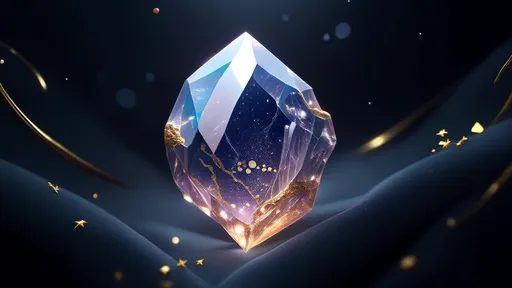
By /Jul 15, 2025
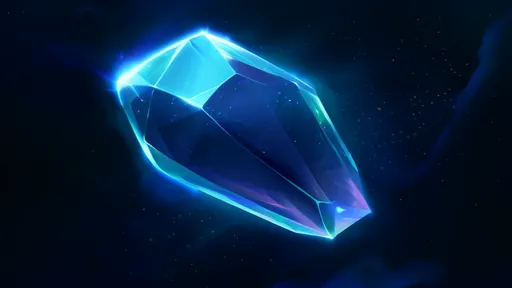
By /Jul 15, 2025

By /Jul 15, 2025
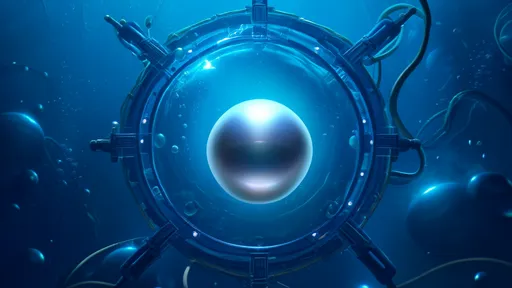
By /Jul 15, 2025
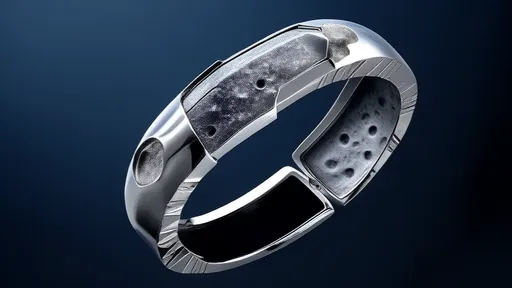
By /Jul 15, 2025

By /Jul 15, 2025
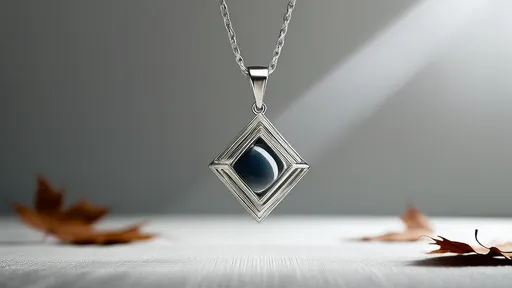
By /Jul 15, 2025

By /Jul 15, 2025
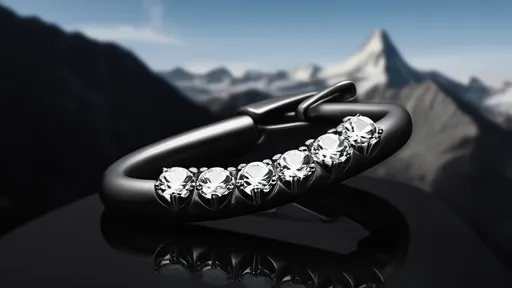
By /Jul 15, 2025

By /Jul 15, 2025

By /Jul 15, 2025

By /Jul 15, 2025

By /Jul 15, 2025

By /Jul 15, 2025
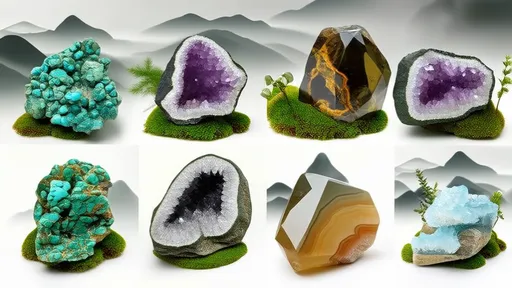
By /Jul 15, 2025

By /Jul 15, 2025

By /Jul 15, 2025
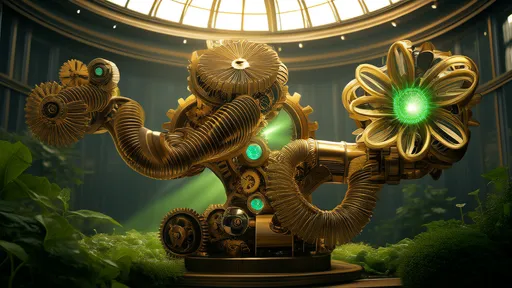
By /Jul 15, 2025